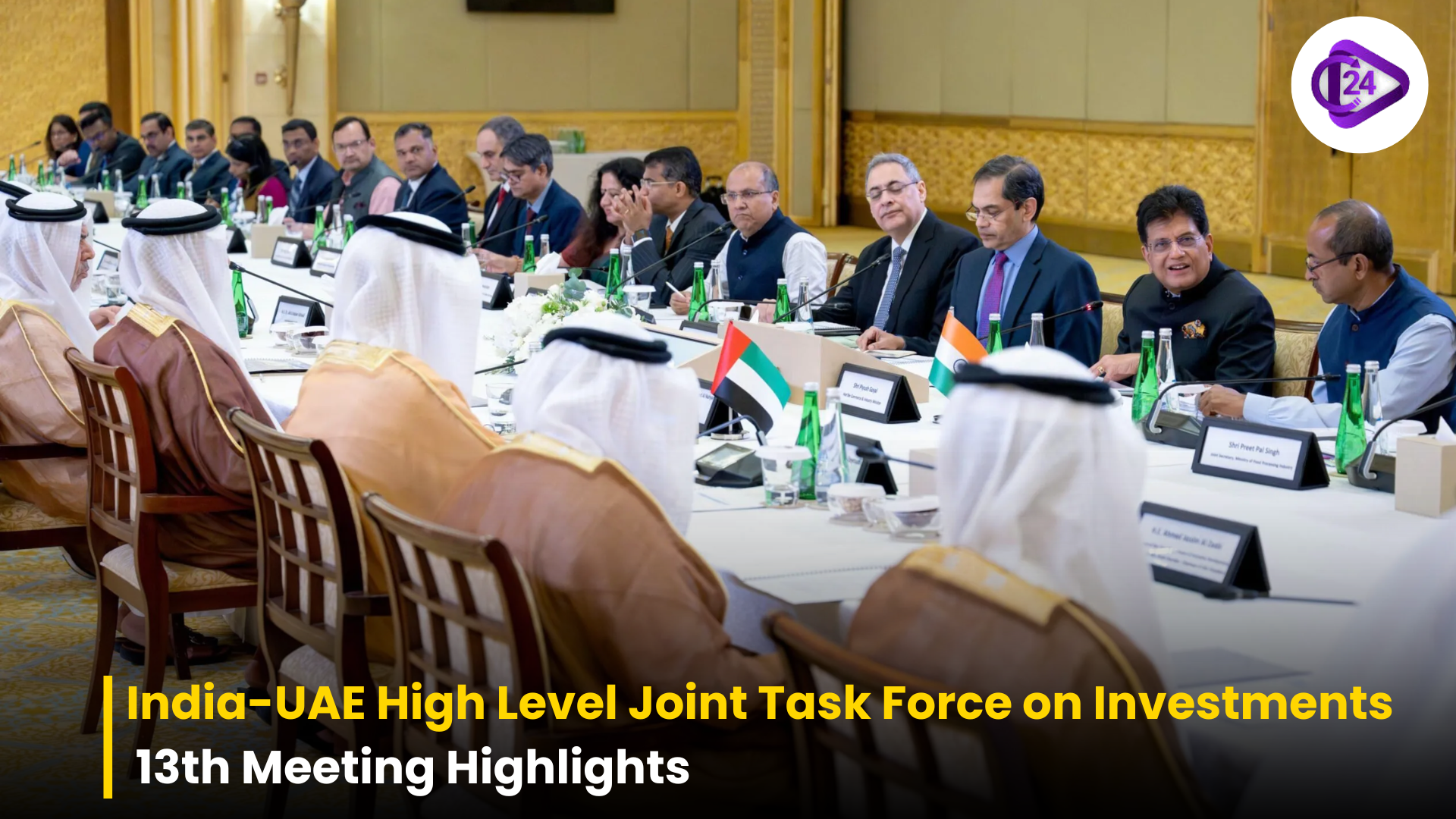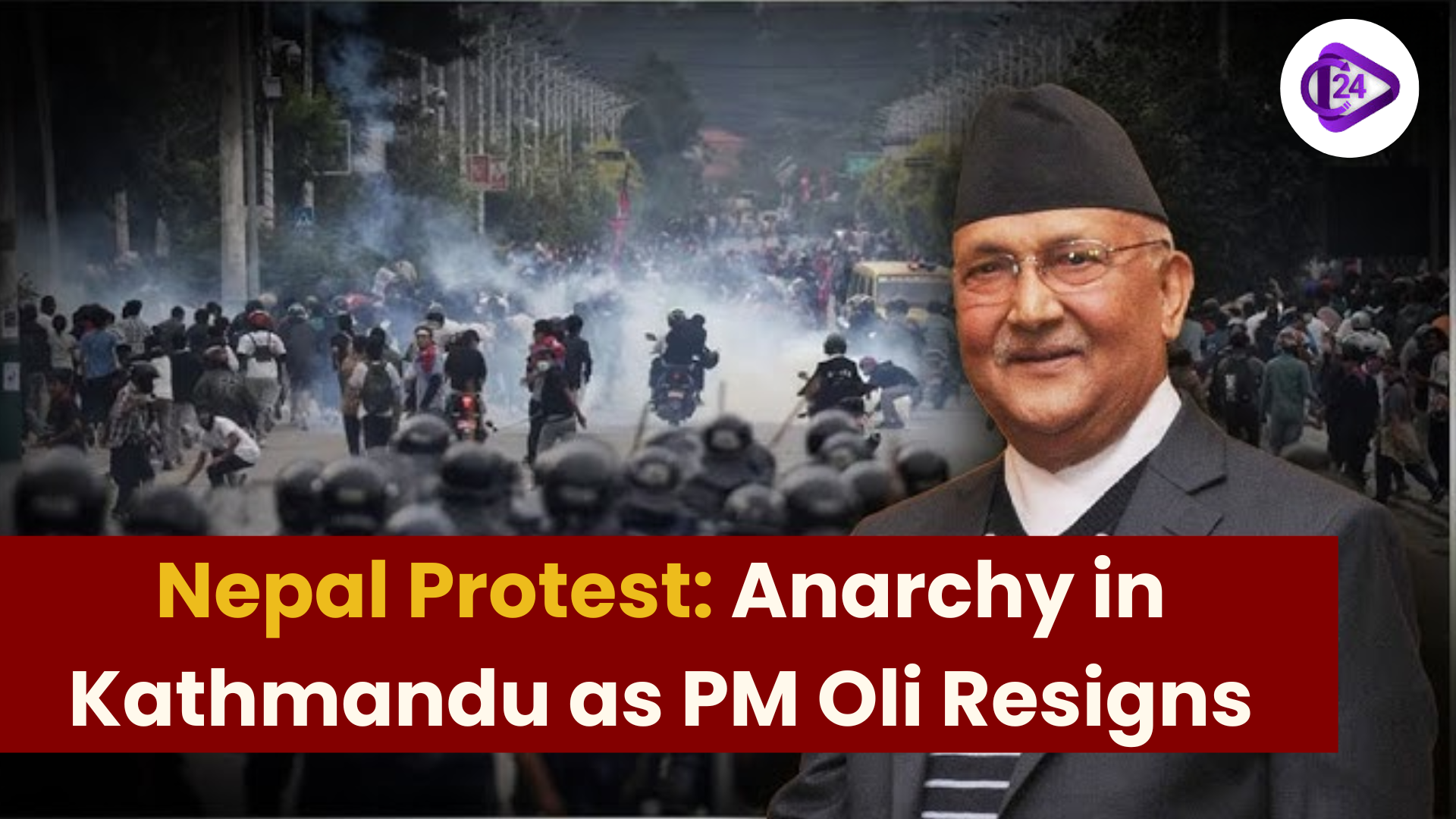
The Indus Waters Treaty (IWT), which is a 65-year-old accord between India and Pakistan signed with the assistance of the World Bank aimed at balancing the sharing of the water by the Indus river and its tributaries. Although the treaty had a legal platform of distributing water and settling disputes, the issues to which the treaty was created have changed and most people think that the treaty is no longer applicable to address the new-arising water related problems in the area.
Key Points in Detail:
Historical Context:
-
The IWT split the Indus River and its tributaries into two, one western (Chenab, Jhelum, and Indus) to Pakistan and the eastern (Sutlej, Beas and Ravi) to India.
-
This was necessary to the irrigation requirements of the respective nations and any large-scale hydraulic plants including the Bhakra and Nangal dams of India and the dependence of the Pakistani state on the western rivers.
The Irrelevance of IWT:
-
Although the treaty was previously used to support the use of water, peace-building, and infrastructure development, it is currently experiencing irrelevancy with changing geopolitical processes and climate changes.
-
Political Enmity and Terror Incidents: The changing political environment, particularly the Pahalgam attack prompted India to freeze its involvement in certain IWT mechanisms which indicated the weakness of the treaty in the wake of the yet-to-be-resolved conflicts.
Current Challenges:
Climate Change Impact:
-
Hindu KushHimalaya glaciers are melting at a rate unprecedented since the early 1970s, and this is causing glacial ice to run off in increased amounts, leading to changes in river flows and shifting in river flows, especially in the Upper Indus Basin.
-
Unpredictable Rainfall and Monsoon: The more erratic monsoon patterns of the Lower Indus Basin are of a direct threat to the stability of agriculture and water management.
-
Floods: The catastrophic Punjab floods, which impacted millions of people and submerged huge areas of agricultural lands, are a good example of severe climatic extremes with which the basin is at risk.
Siltation:
-
The reservoirs are becoming full of silt, reducing storage spaces and enhancing floods. This problem cannot be addressed with reactive actions following the floods but long-term silt management techniques.
Water Beyond Engineering Management:
-
Historically, the IWT was concentrated on irrigation, dams, and hydropower. This time, it will have to be on resilience amidst climatic extremes and sustainability of the ecosystem.
-
New challenges requiring innovative, cross-border cooperation have become siltation and climate variability.
Looking Forward:
-
The initial mechanisms of the IWT, i.e. river allocation, dispute resolution, and project regulation, do not meet the modern requirements of the region. The current requirement today is real-time information exchange particularly on hydrological information and flood forecasts.
-
Information sharing between India and Pakistan such as the agreement made by India with China towards Brahmaputra has been effective in times of floods. This must form the basis of the new collaboration and not an old and inflexible treaty.
-
The cooperation would be facilitated by a flexible structure perhaps in the form of a Memorandum of Understanding (MoU) and this would prevent the historical rancor and time wastage associated with the red tape of the original treaty.
Conclusion
Although the Indus Waters Treaty is an indispensable historical document, it is becoming less and less capable of dealing with the 21st century issues of the Indus Basin. Climate change, geopolitical tensions, and ecological degradation require a new strategy, one related to the information exchange, disaster preparedness, and sustainable water management. Holding on to old structures and ignoring siltation and climatic stress will not help to improve the situation. It is imperative that both India and Pakistan come up with a new, modern structure that would help to guarantee the sustainability of the Indus Basin in the future generation.



 New Coral Species ‘Iridogorgia chewbacca’ Identified
New Coral Species ‘Iridogorgia chewbacca’ Identified Global Innovation Index (GII) 2025 – Key Highlights and India's Position
Global Innovation Index (GII) 2025 – Key Highlights and India's Position India-UAE High Level Joint Task Force on Investments: 13th Meeting Highlights
India-UAE High Level Joint Task Force on Investments: 13th Meeting Highlights India-Japan Relations Strengthen Through Tech, Trade & Labor Ties
India-Japan Relations Strengthen Through Tech, Trade & Labor Ties India to Launch Pilot Projects in Venezuela Across Key Sectors
India to Launch Pilot Projects in Venezuela Across Key Sectors India Launches SAJEX 2025 in Jeddah to Boost Jewellery Trade
India Launches SAJEX 2025 in Jeddah to Boost Jewellery Trade First Overseas Atal Innovation Centre Inaugurated at IIT Delhi–Abu Dhabi Campus
First Overseas Atal Innovation Centre Inaugurated at IIT Delhi–Abu Dhabi Campus India a Steadfast Partner in Mauritius’ Socio-Economic Growth: PM Ramgoolam
India a Steadfast Partner in Mauritius’ Socio-Economic Growth: PM Ramgoolam Anarchy in Kathmandu as PM Oli Resigns; Parliament and Supreme Court Vandalised
Anarchy in Kathmandu as PM Oli Resigns; Parliament and Supreme Court Vandalised






